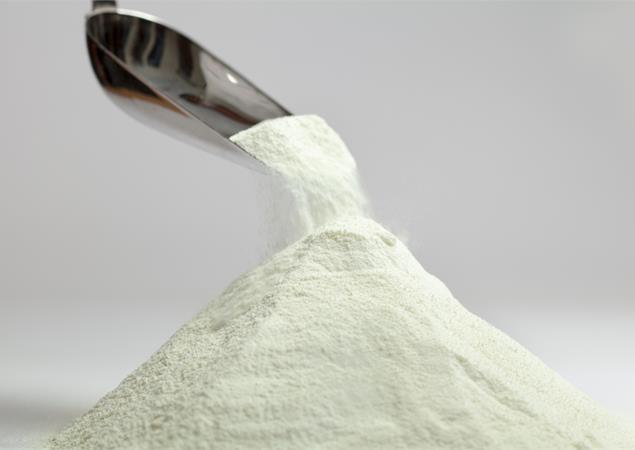Encapsulated ingredients
It is hard to imagine today’s food industry without encapsulation. Encapsulating the active ingredient prevents interference with other ingredient components in the recipe. That way, you retain full control over the effect, leading to optimal performance.
Discover the possibilities for your application with our encapsulated ingredients and additives.
Discover the possibilities for your application with our encapsulated ingredients and additives.
Examples of encapsulated ingredients:
- Encapsulated food acids for preservation
- Encapsulated preservatives (sorbic acid) have the benefit of not interacting with the yeast or leavening phase of the dough, but they do have an active preserving effect after the baking phase
- Encapsulated omega-3 and omega-6 fatty acids in powder form
- Encapsulated bicarbonate for leavening
PROPERTIES AND BENEFITS:
- Increases the yield and improves the appearance of the product
- Increased flexibility for the production process
- The coating used for encapsulation consists of vegetable oils
- Active ingredient released by heat during the baking process
- Full control of chemical leavening agents and phosphates
- Maximised effect of organic acids to prevent mould
- Maximum shelf life and quality for the baked goods
- Optimised freezing/defrosting stability



